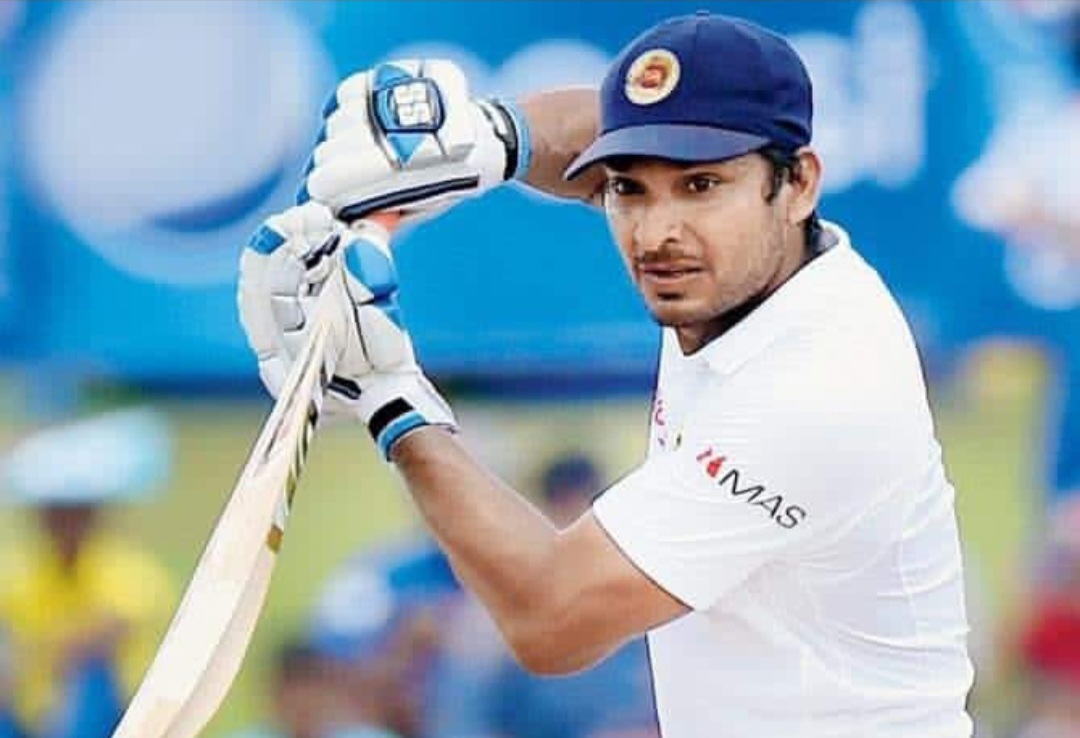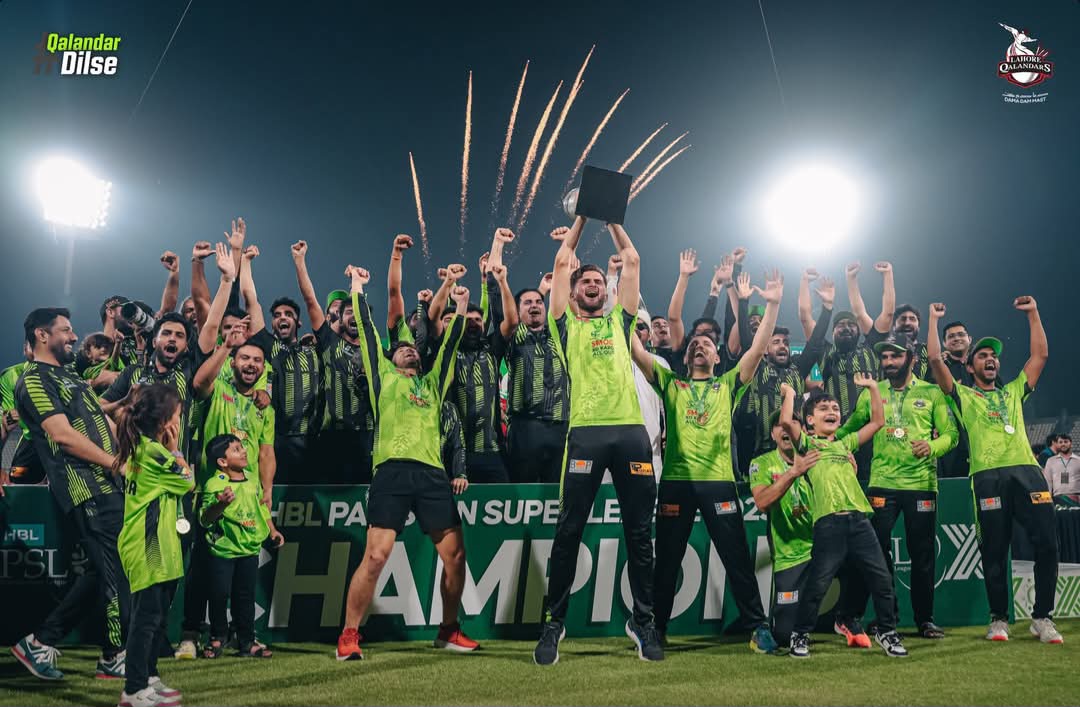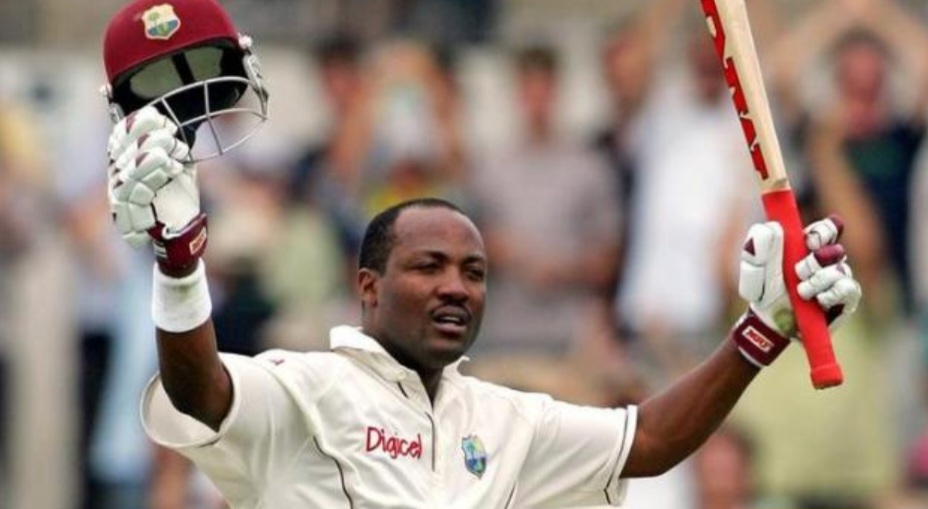The Glorious History of Football in Brazil: From Street Games to World Dominance
Introduction
The history of football in Brazil is a rich and passionate tale of talent, culture, and national pride. From its humble beginnings in the late 19th century to becoming a global powerhouse, Brazil has earned its place as the most successful nation in football history. This blog explores the milestones, legends, and unforgettable moments that define Brazilian football.
Early Beginnings of Football in Brazil
The story of Brazil football history began in the 1890s, when Charles Miller, a Brazilian of British descent, introduced the sport after returning from his studies in England. Initially played by the elite, football quickly spread across social classes, becoming a cultural phenomenon by the 1930s.
The Rise of Brazilian Football
By the 1950s, football in Brazil had evolved into more than just a game—it became a national identity. The Brazilian style, known as “jogo bonito” or “the beautiful game”, emphasized flair, creativity, and technical skill. This approach led to Brazil’s first major international success.
Brazil World Cup Wins: A Legacy of Greatness
One of the most important parts of Brazil’s football legacy is its record five FIFA World Cup titles:
- 1958 – Sweden: Brazil’s first title, with a 17-year-old Pelé dazzling the world.
- 1962 – Chile: Brazil defended its crown, led by Garrincha after Pelé was injured.
- 1970 – Mexico: Often called the greatest team of all time, this squad included legends like Pelé, Jairzinho, and Tostão.
- 1994 – USA: A more pragmatic Brazilian team, led by Romário, won via penalties.
- 2002 – South Korea/Japan: A return to flair, with Ronaldo Nazário, Rivaldo, and Ronaldinho shining on the world stage.
These Brazil World Cup wins solidified the country’s position as a football superpower.
Brazilian Football Legends Who Changed the Game
No Brazil football history is complete without mentioning the icons who wore the iconic yellow jersey:
- Pelé: The King of Football, a three-time World Cup winner.
- Zico: Known as the “White Pelé”, a midfield maestro of the 1980s.
- Romário: The face of Brazil’s 1994 triumph, known for his deadly finishing.
- Ronaldo Nazário: One of the most gifted strikers ever, key to the 2002 title.
- Ronaldinho: The magician of the 2000s, who brought joy back to the game.
- Neymar Jr.: The modern face of Brazilian football and a prolific scorer.
These Brazilian football legends not only won matches but inspired generations.
Brazilian Football Culture and Domestic Leagues
Beyond the international spotlight, football in Brazil thrives through passionate club rivalries and local talent development. Clubs like Flamengo, Palmeiras, São Paulo FC, and Corinthians have produced countless stars and nurtured the country’s footballing DNA.
The Brazilian domestic league, known as the Campeonato Brasileiro Série A, is one of the most competitive in South America and a key feeder to European clubs.
Challenges and the Future of Brazilian Football
Despite its success, Brazil faces challenges—corruption in football governance, overreliance on exporting talent, and rising competition globally. However, the future remains bright with new talents like Vinícius Júnior and Endrick continuing the legacy.
Brazil’s relentless passion ensures that football will always be more than a sport—it’s a heartbeat of the nation.
Conclusion
From Pelé to Neymar, from Maracanã to the World Cup podiums, the history of football in Brazil is a story of glory, struggle, and celebration. As Brazil looks toward the future, its past serves as a reminder of what makes the nation the heartbeat of the footballing world.











